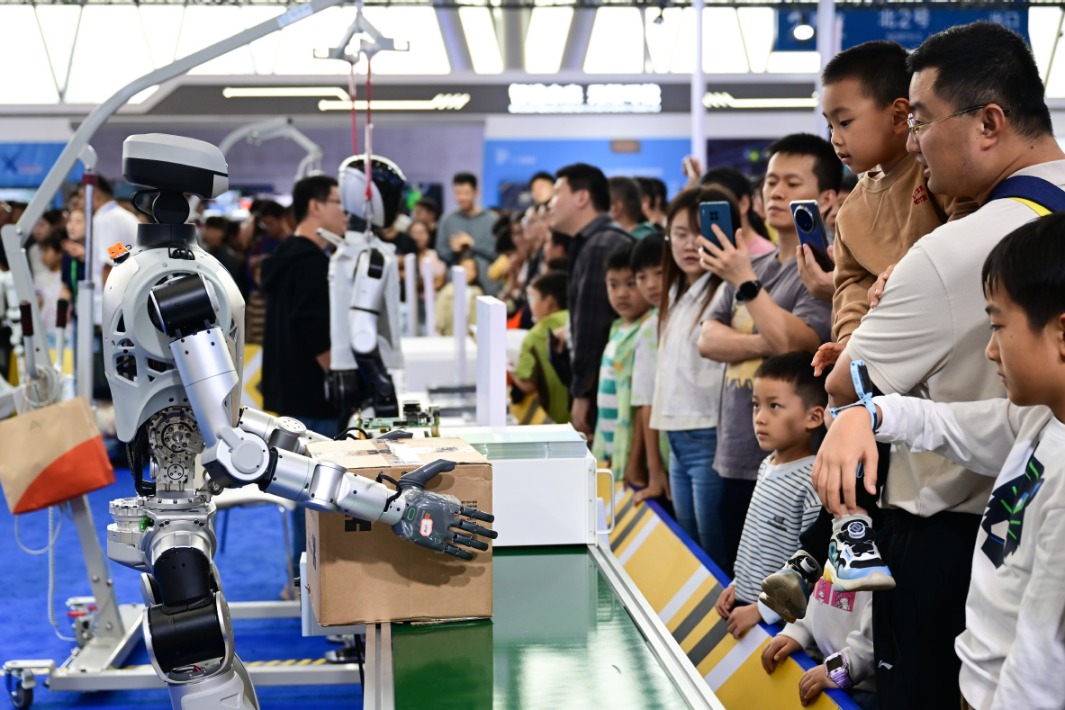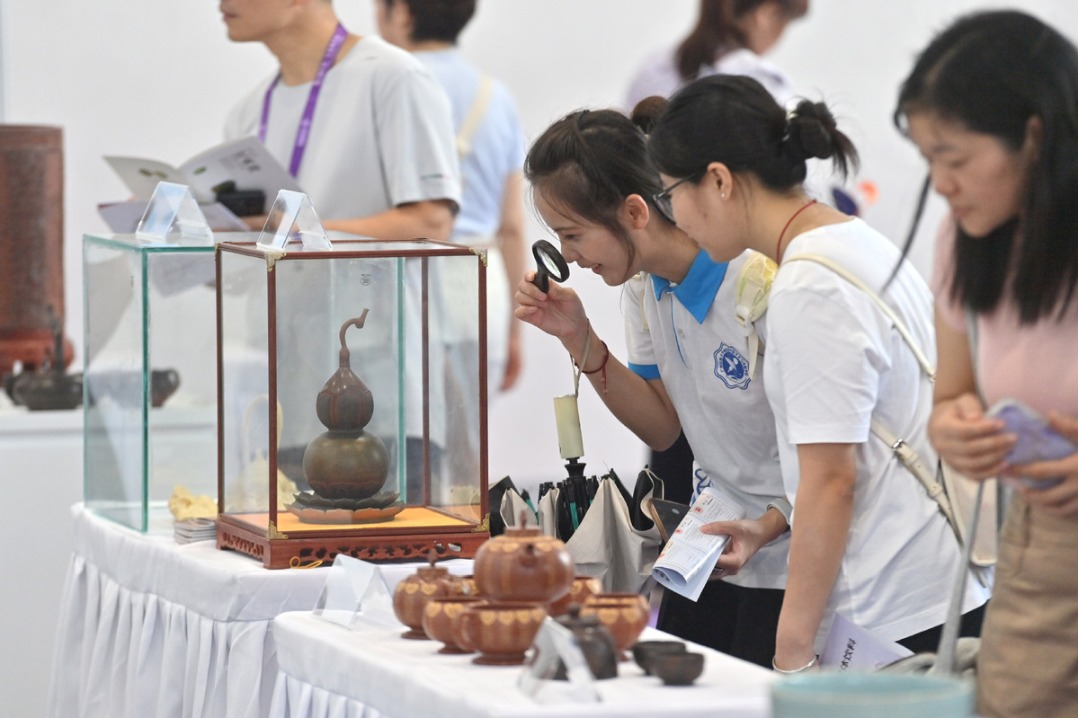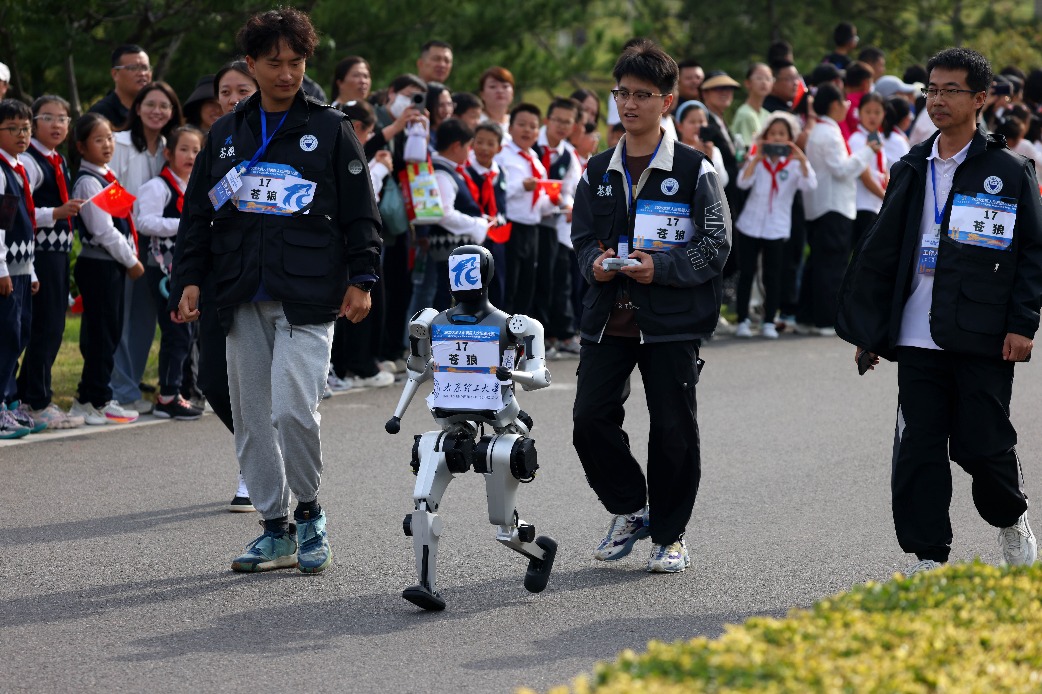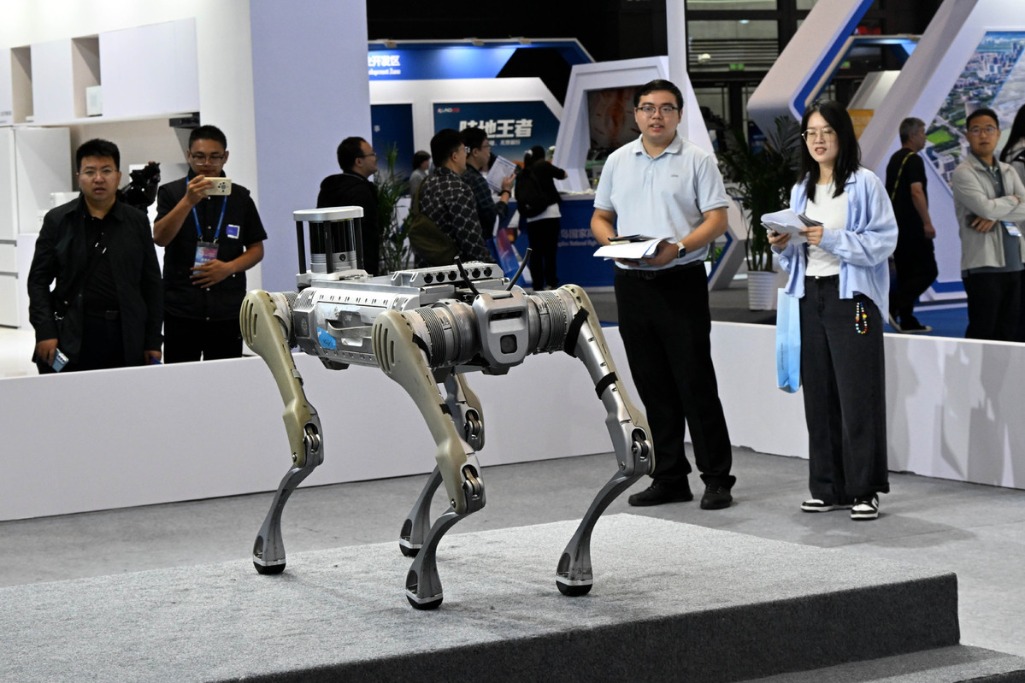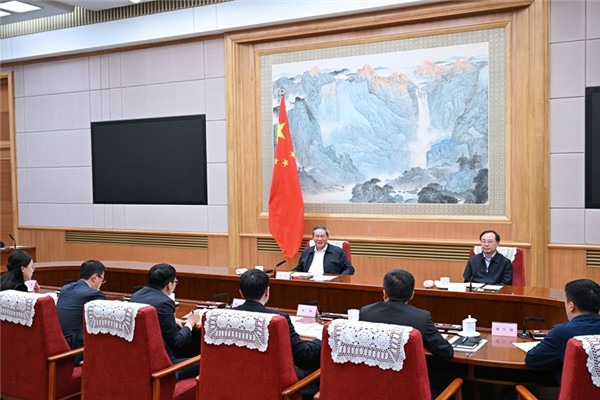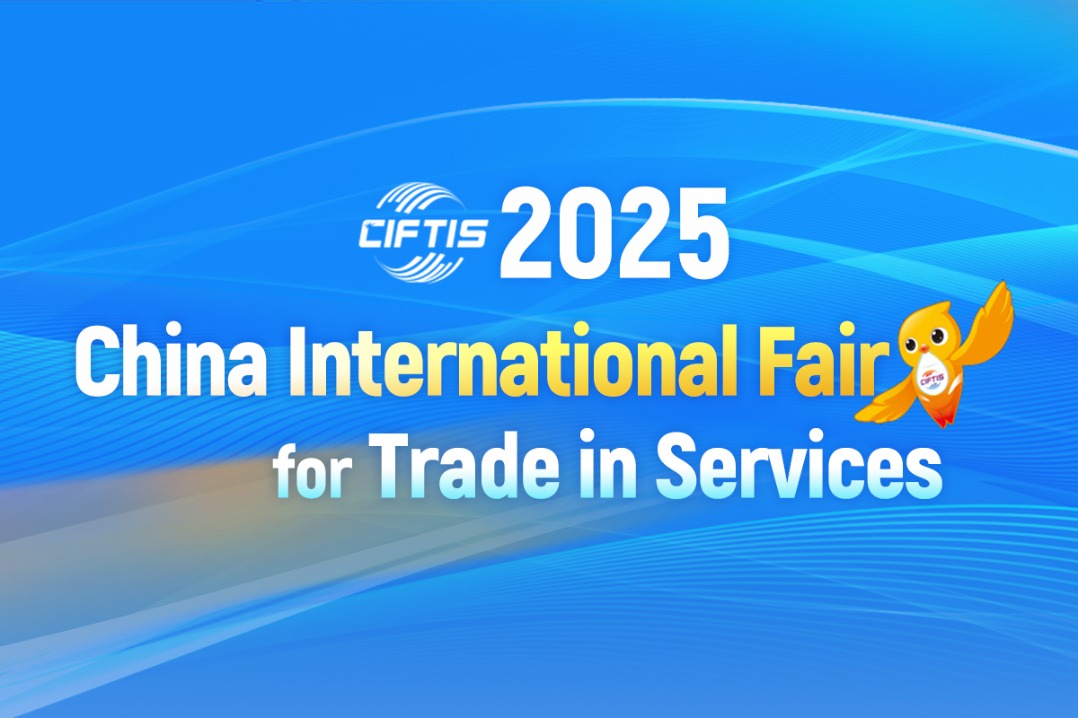Anti-involution push targets supply, demand

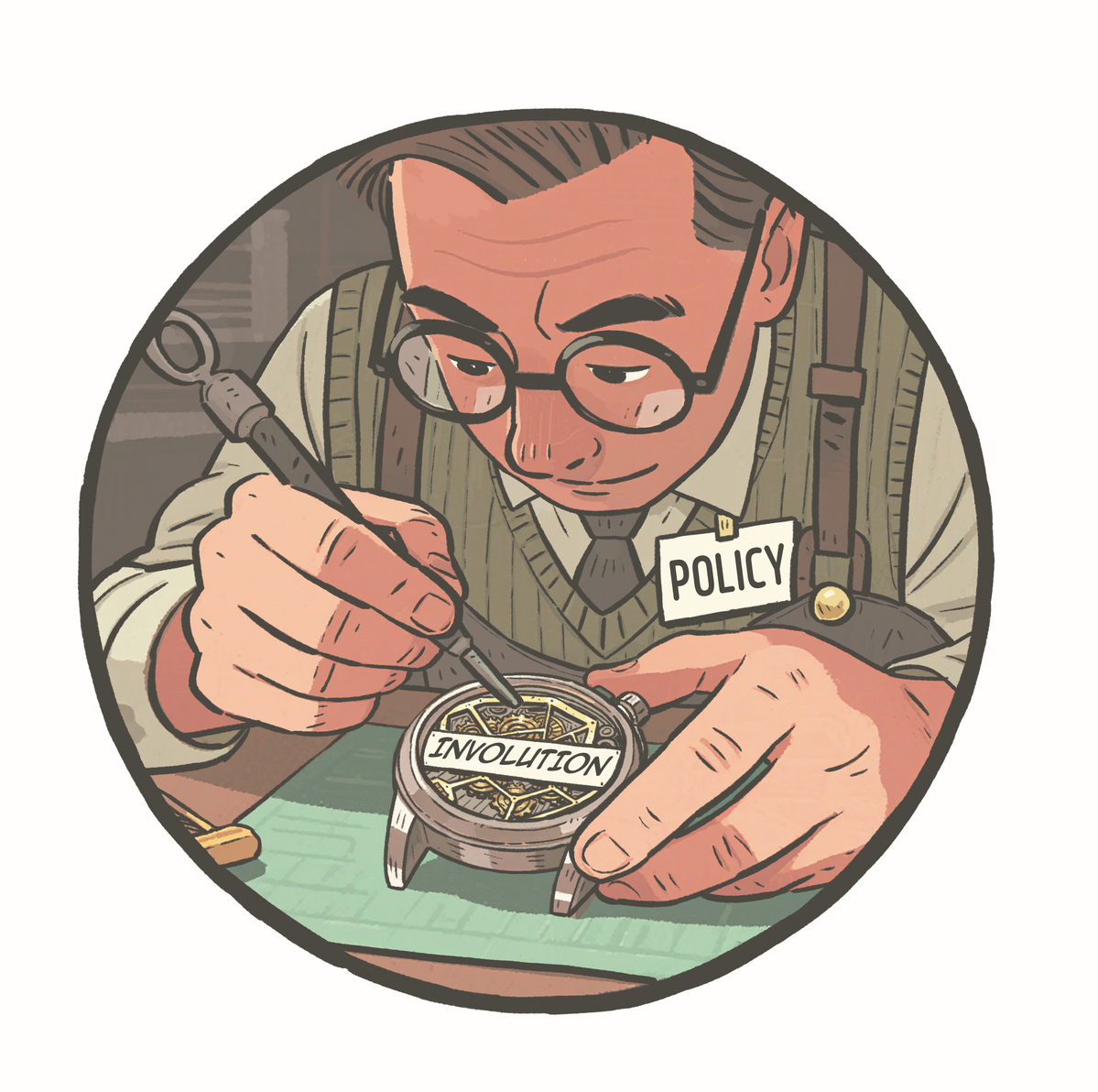
Since the Communist Party of China Central Committee put forward the call to comprehensively pursue anti-involution, the market has largely interpreted it as a supply-side policy — essentially "supply-side structural reform 2.0".
Actually, comprehensive anti-involution is not only a supply-side measure, pushing out excess capacity and upgrading the quality of rational supply. It is also a demand-side policy that unblocks the positive feedback loop from industrial upgrade to household income growth, thereby supporting stronger domestic demand through reasonable increases in household incomes.
Promoting industrial upgrade is a crucial pathway to lift household incomes. According to the Balassa-Samuelson effect, a virtuous cycle exists as follows — labor productivity rises in the tradeable sector, leading to wage increases in the tradeable sector, leading to passive wage hikes in the non-tradeable sector, leading to overall wage growth, leading to higher service prices, leading to rising inflation. However, "involution "has created blockages in this chain, impeding the transmission from industrial upgrade to household income growth.
On the one hand, the pass-through from improved competitiveness in the tradeable sector to wage growth within the sector has been hindered. Using export delivery value growth as a proxy for industry competitiveness, it has been observed that in recent years, the link between rising competitiveness and income growth for employees has weakened. Take the automotive industry as an example. According to the National Bureau of Statistics and the China Labor Statistical Yearbook, during the 2012-17 period, export delivery value in the auto sector rose 42 percent while average wages in nonprivate units within the sector rose 54 percent. Between 2017 and 2022, export delivery value rose 91 percent, yet the increase in average wages in nonprivate units eased to 50 percent. This likely reflects, to some extent, intensifying involution and mounting pressure on enterprises to cut costs.
On the other hand, the pass-through of wage gains from the tradeable sector to the non-tradeable sector has also been impeded. Based on listed-company disclosures, CITIC Securities Research estimates that since 2018, wage growth in the non-tradeable sector has consistently lagged that of the tradeable sector, by 1.8, 2.8 and 3.1 percentage points in 2022, 2023 and 2024, respectively. A plausible reason is income gains in the tradeable sector have relied mainly on longer working hours, which compress the leisure time needed for households to consume services, thereby suppressing services demand and revenue growth in related industries. Overall, NBS data show that from 2018 to 2023, the average daily working time of households increased by 21 minutes, while their average time spent purchasing goods and services fell by 37 minutes.
Looking ahead, comprehensive anti-involution requires simultaneous efforts on both the supply and demand sides.
On the supply side, the priority is to improve industry competitive dynamics. Many Chinese industries have hit a ceiling in global market share. The way forward is to fully leverage China's position in global supply chains to strengthen pricing power in key products — pivoting from gaining share to monetizing profits. First, it is advisable to launch joint ventures led by industry associations to acquire production capacity, centrally coordinate production and sales, and align utilization rates, output and inventories to lift sector-wide bargaining power. Second, State-level M&A funds can be established to break down local barriers, optimize industrial layout from a whole-nation perspective, and work in concert with other anti-involution measures, thereby raising concentration in key industries.
On the demand side, the priority is to build and refine mechanisms that support consumption expansion. A performance-evaluation system tilted toward supply-side achievements and a tax system dominated by production taxes give local governments strong incentives to attract investment, build industries and broaden the tax base.
First, in July 2025, the Sixth Meeting of the Central Commission for Financial and Economic Affairs called for "refined evaluation frameworks for high-quality development and system for assessing officials' performance". It recommended appropriately shifting evaluation metrics from expanding supply toward cultivating demand — raising the weights of indicators such as consumption growth and household income growth, and incorporating metrics such as the share of services consumption and the development of new consumption formats.
Second, in July 2024, the Third Plenary Session of the 20th CPC Central Committee stated that China will "take steps to move excise tax collection further down the production-to-consumption chain, with the power of collection steadily being passed to local governments", recommending accelerating this reform to increase local disposable fiscal resources while strengthening local governments' incentives to promote consumption.
In sum, anti-involution cannot be understood narrowly from the supply-side perspective. It requires combining both supply and demand-side approaches, with a view to unblocking the entirety of domestic circulation. Policy design should also coordinate actions on both fronts: using higher industry concentration as a lever to optimize the supply-side structure, while deepening reforms to build long-term mechanisms that expand consumption.
The writer is chief policy research analyst, CITIC Securities Research Department.
The views do not necessarily reflect those of China Daily.


















